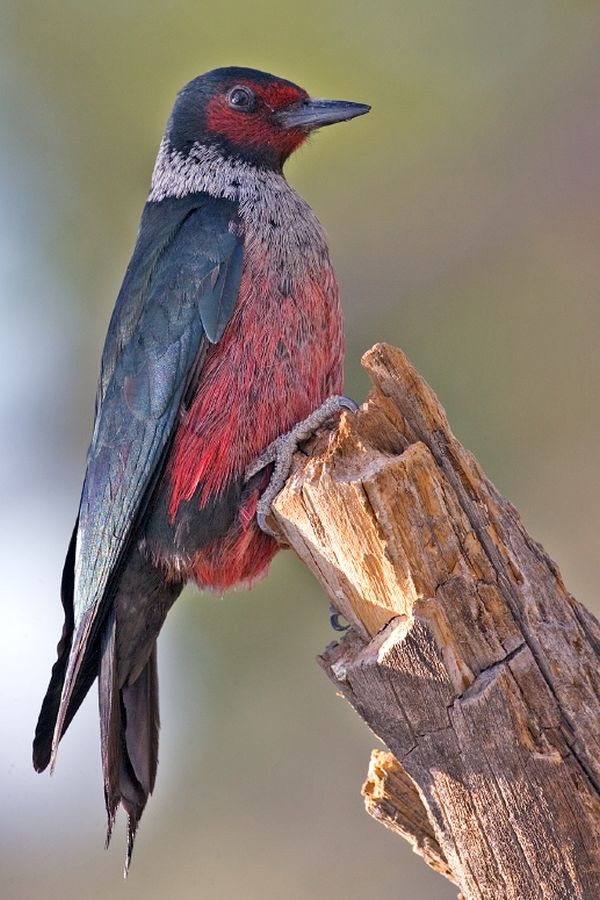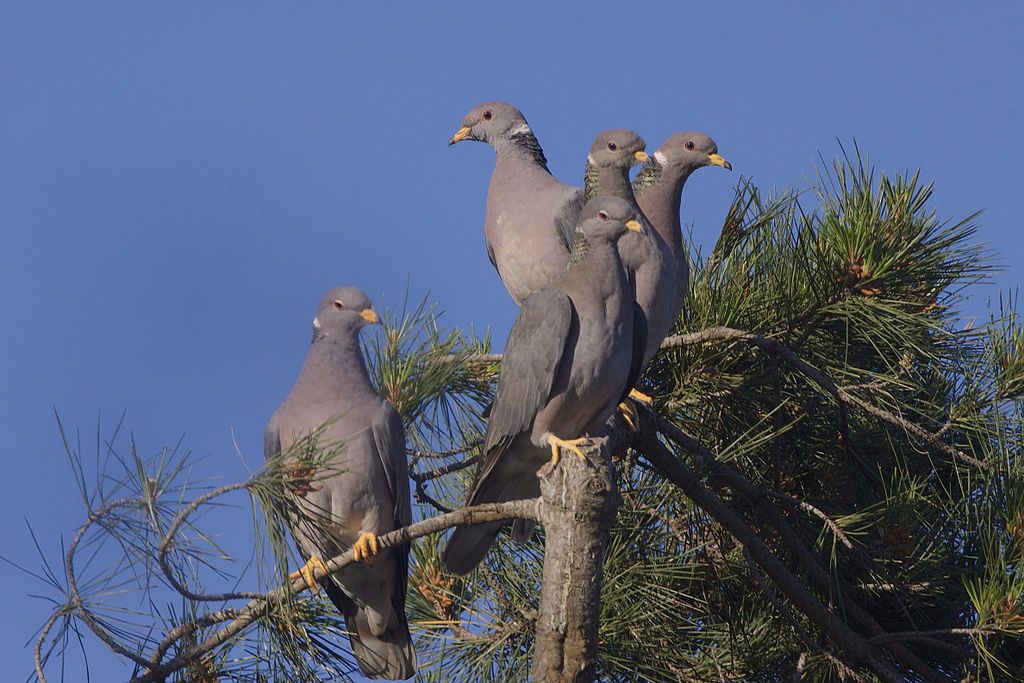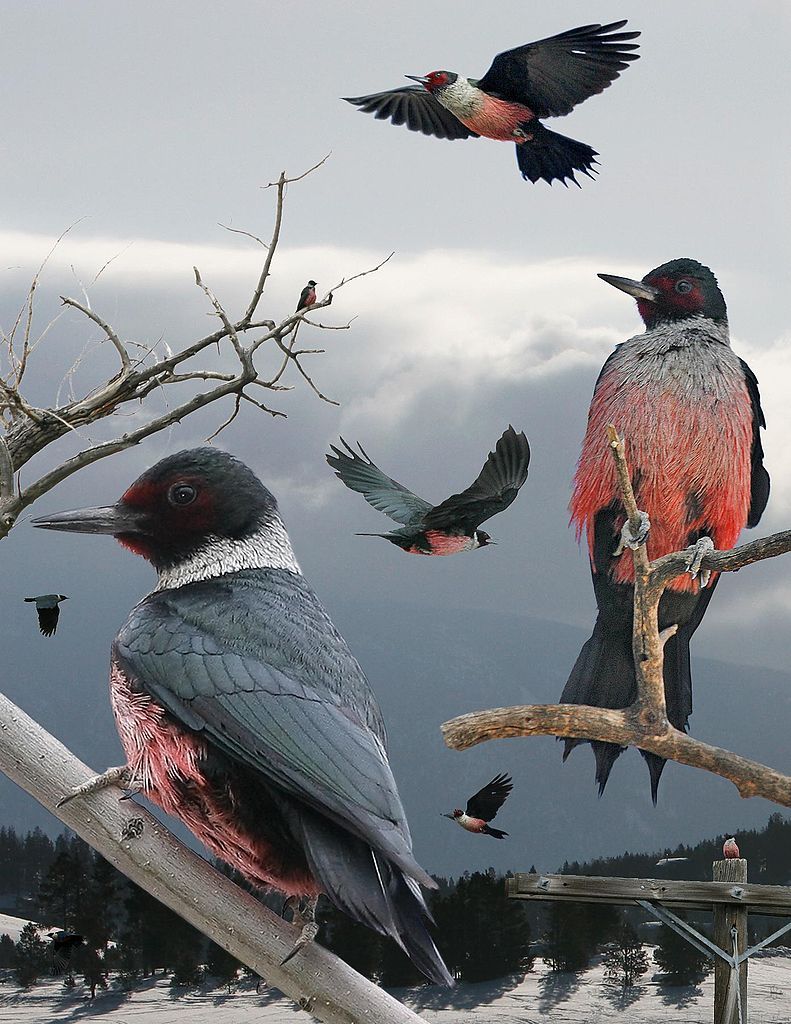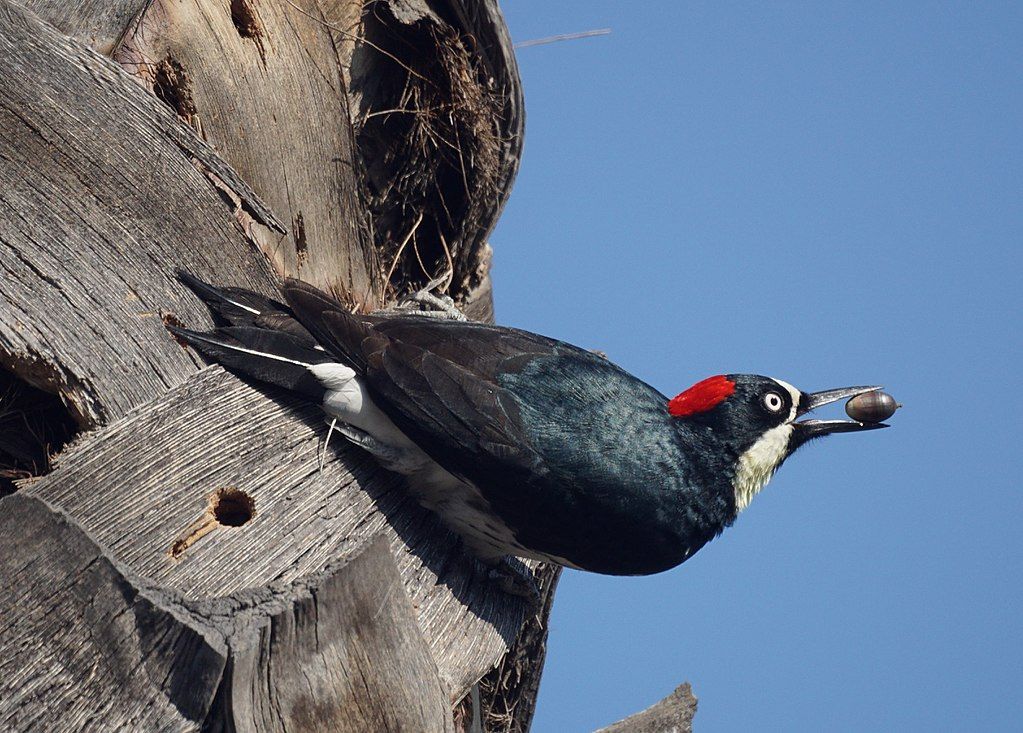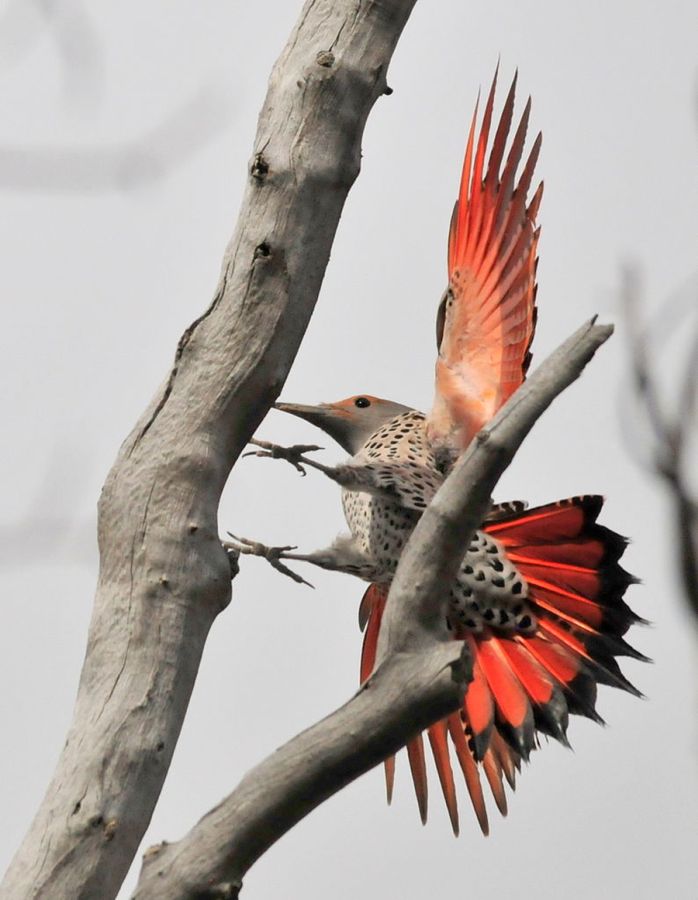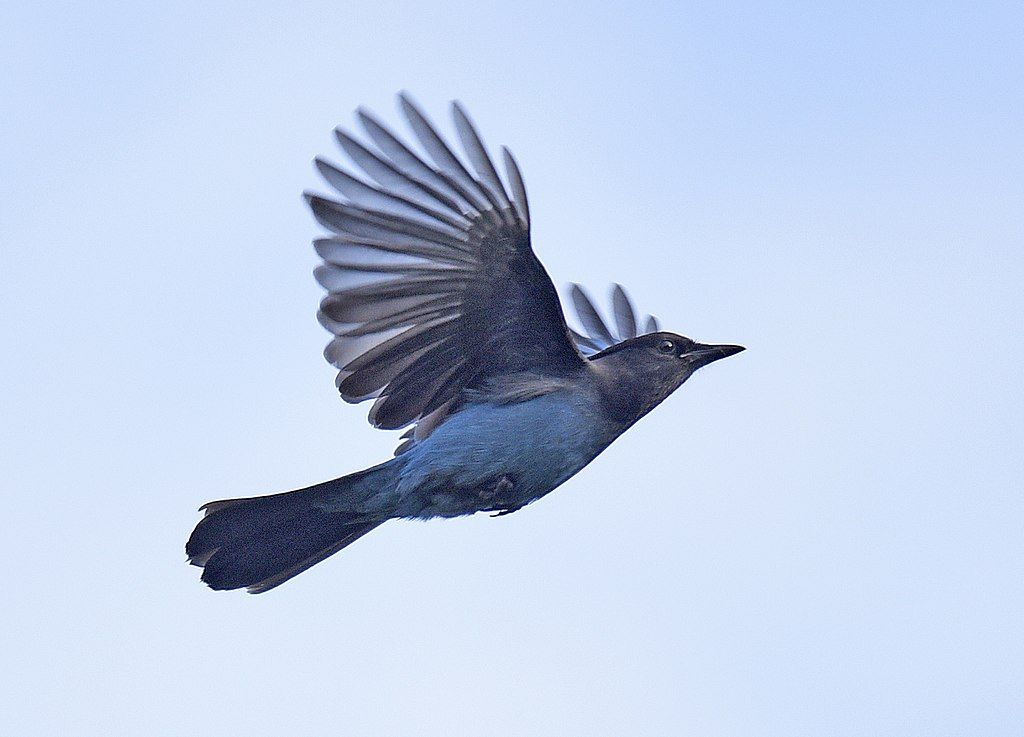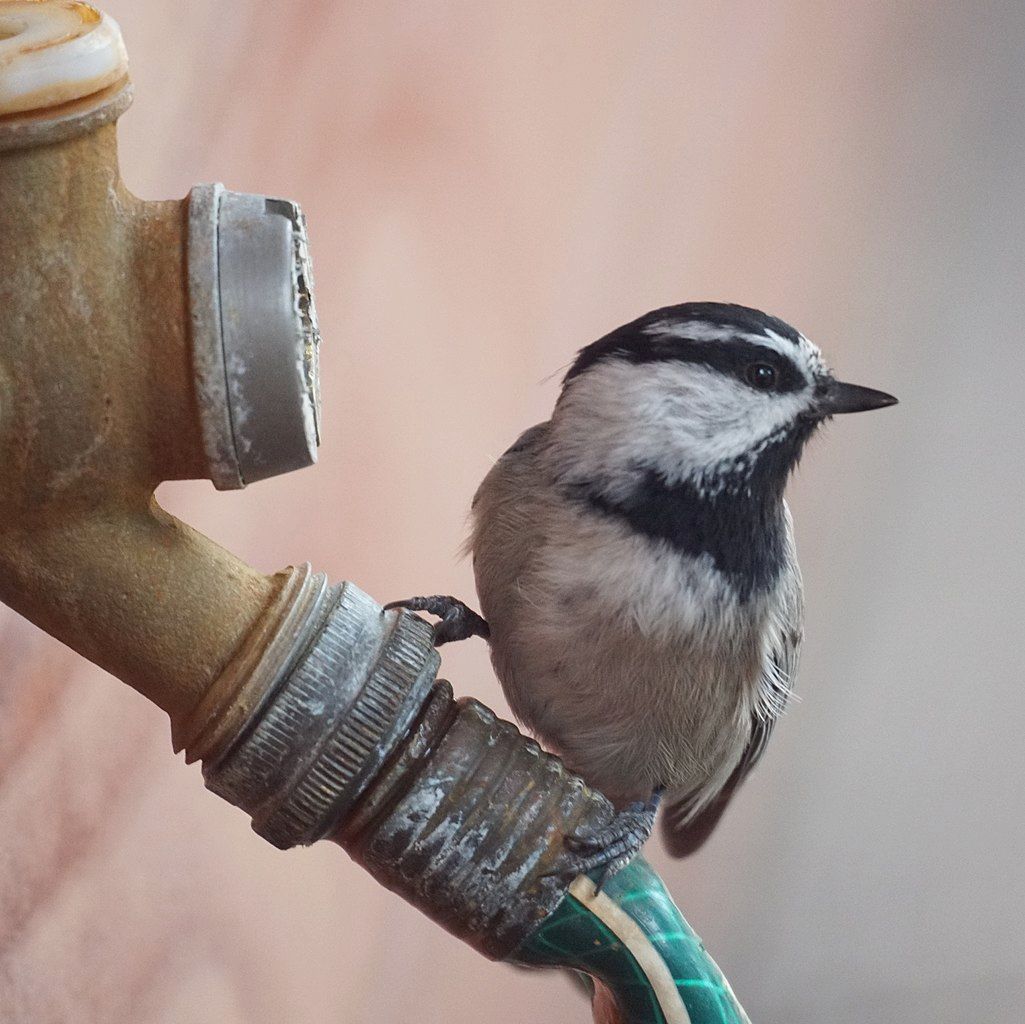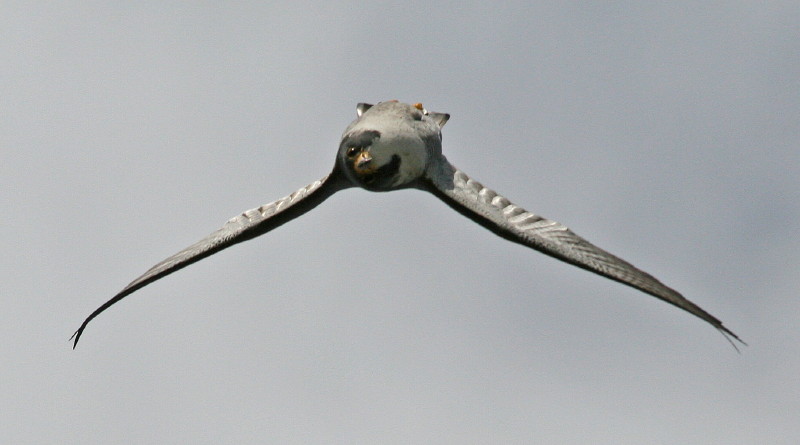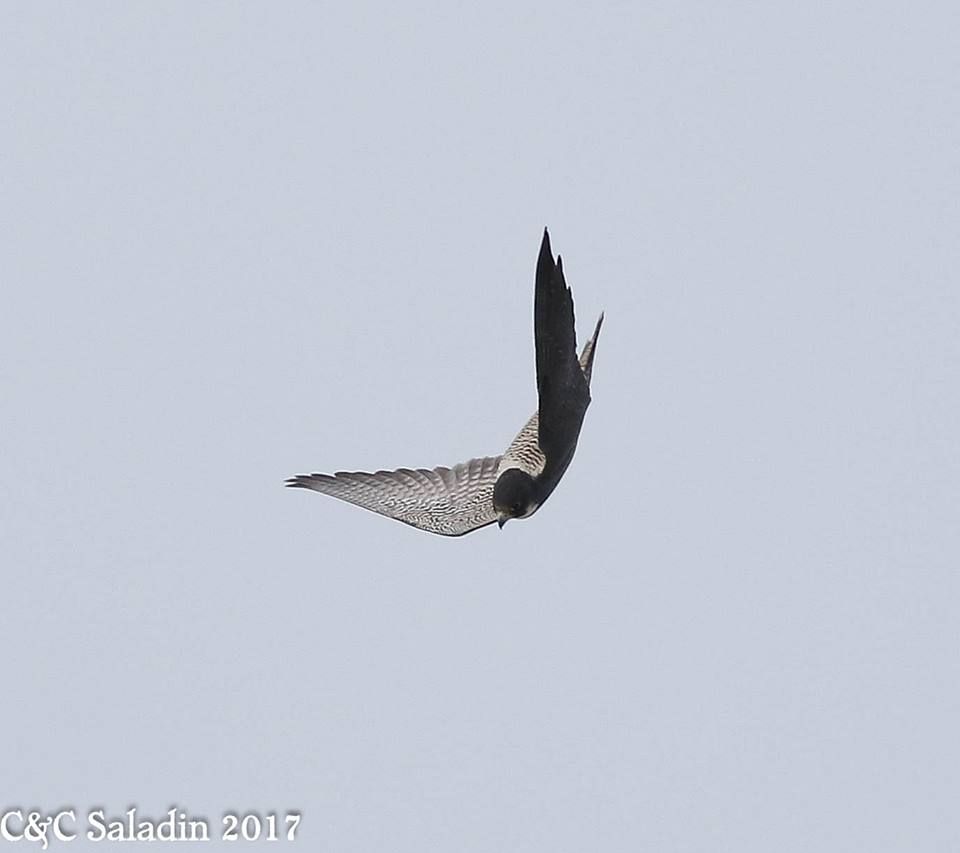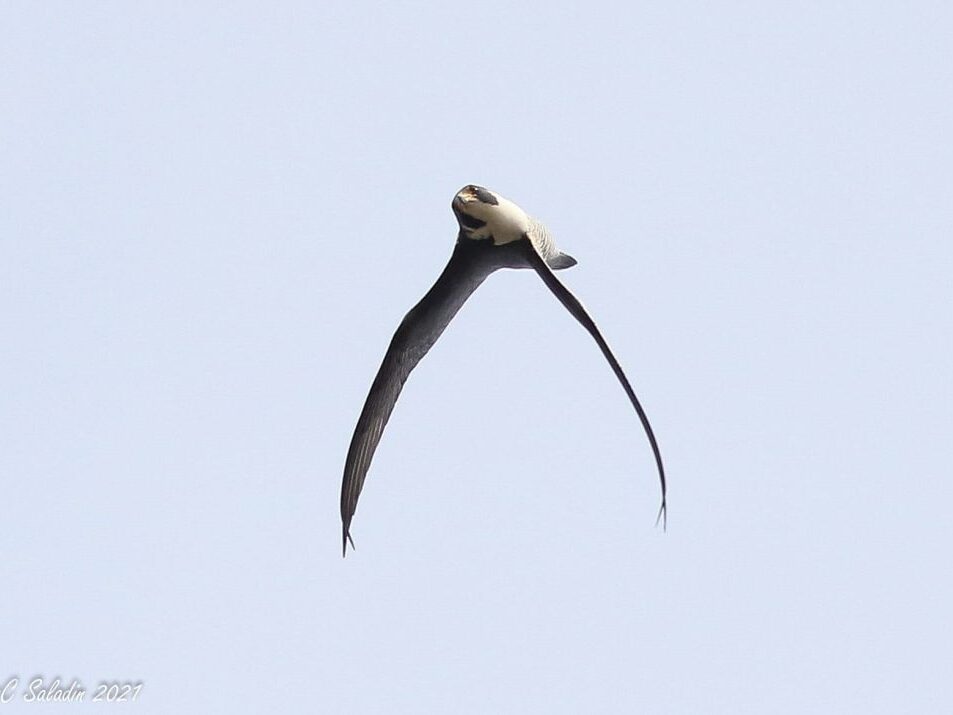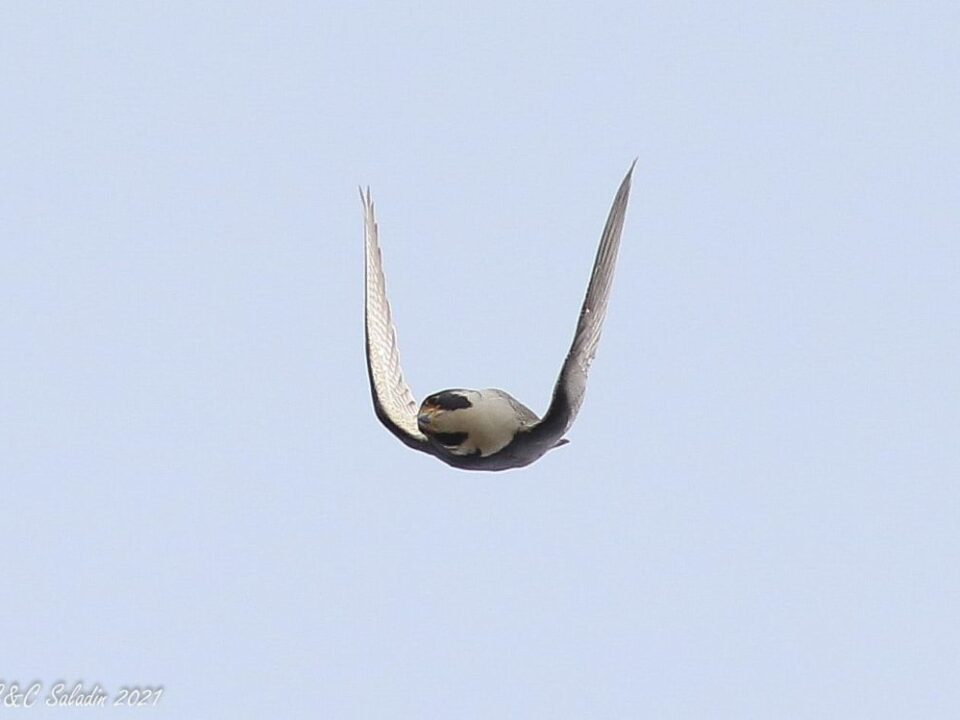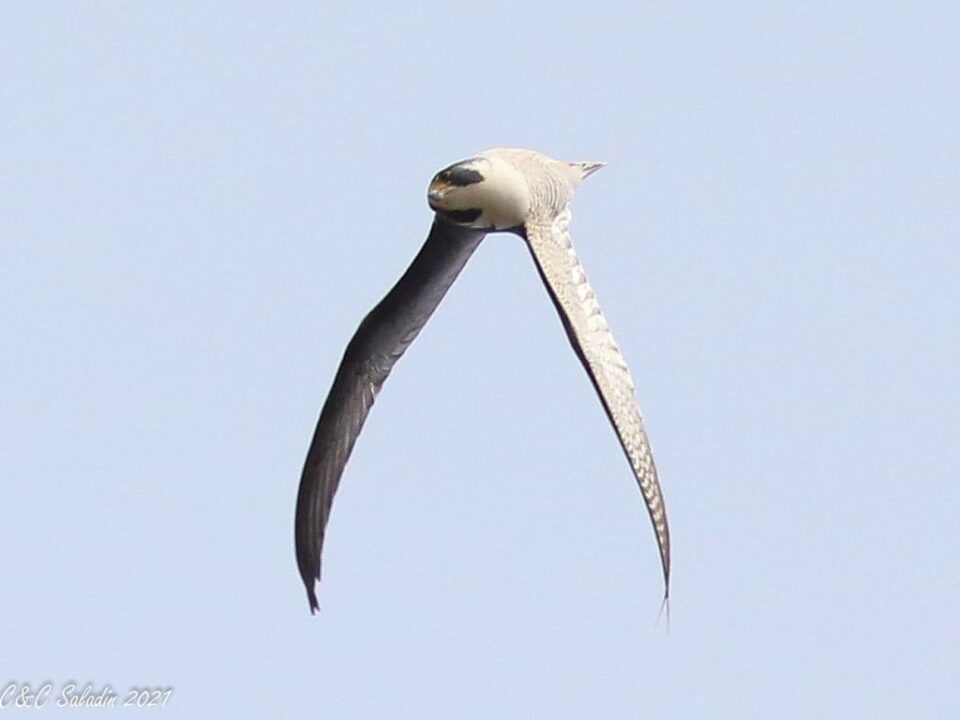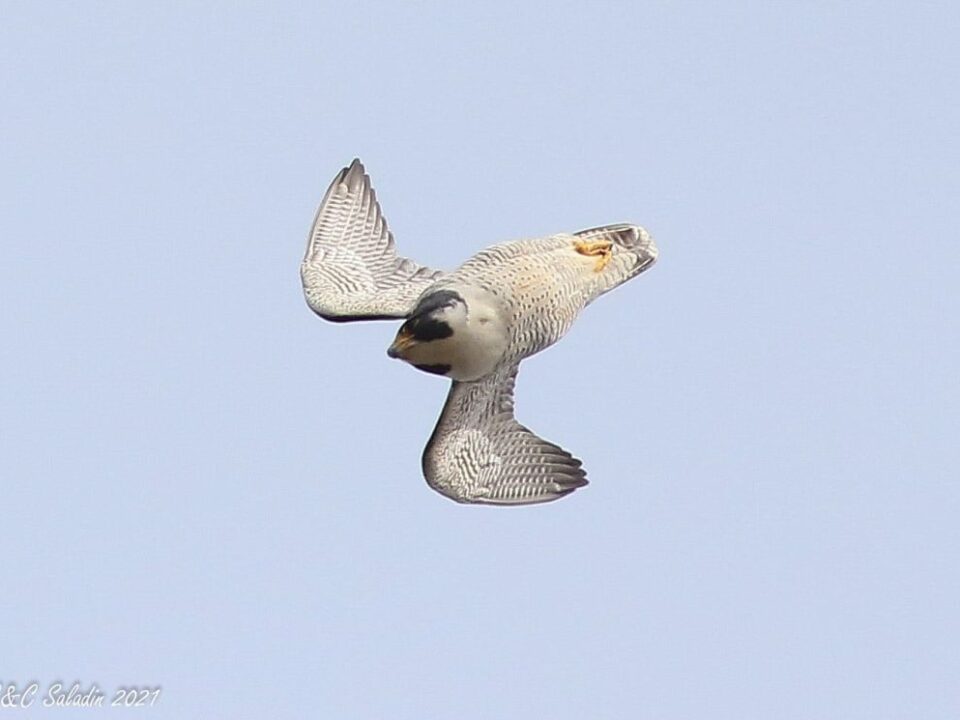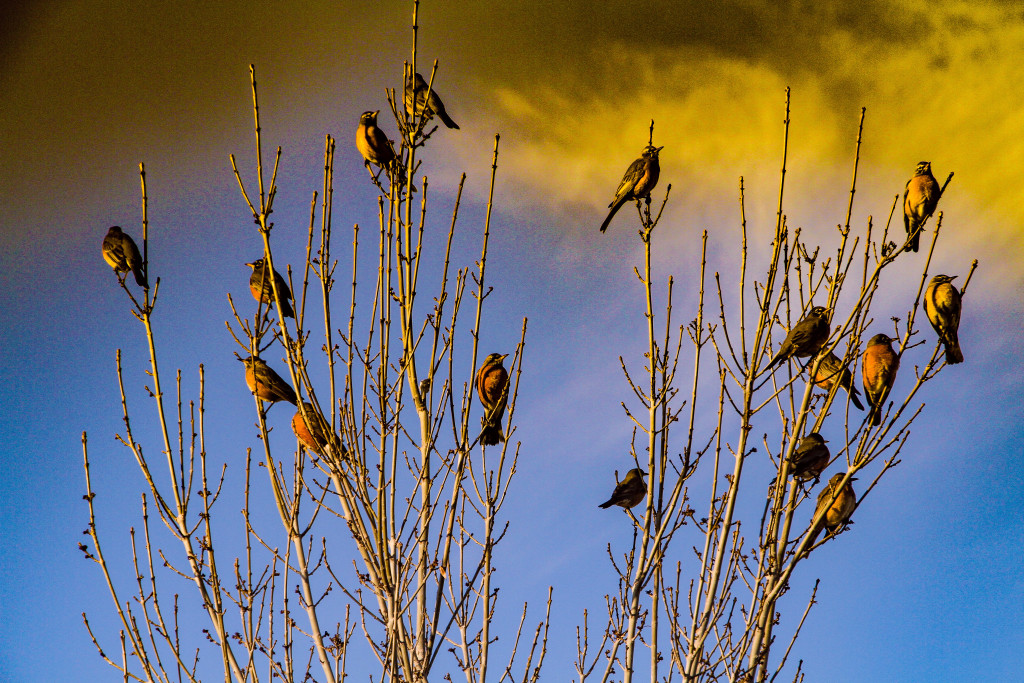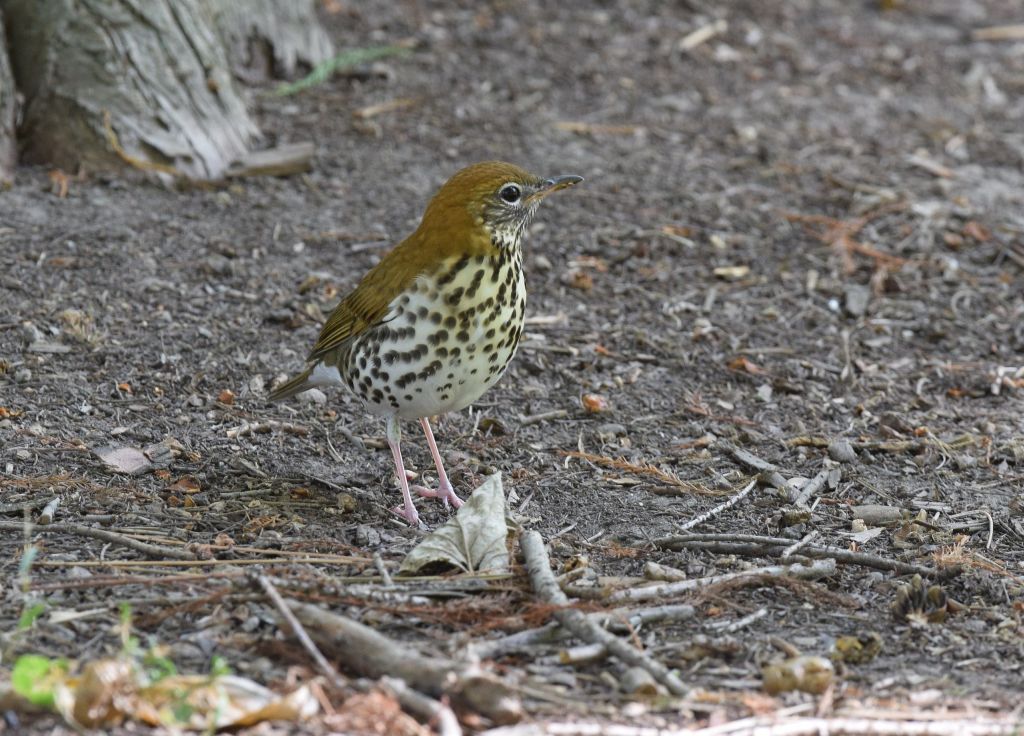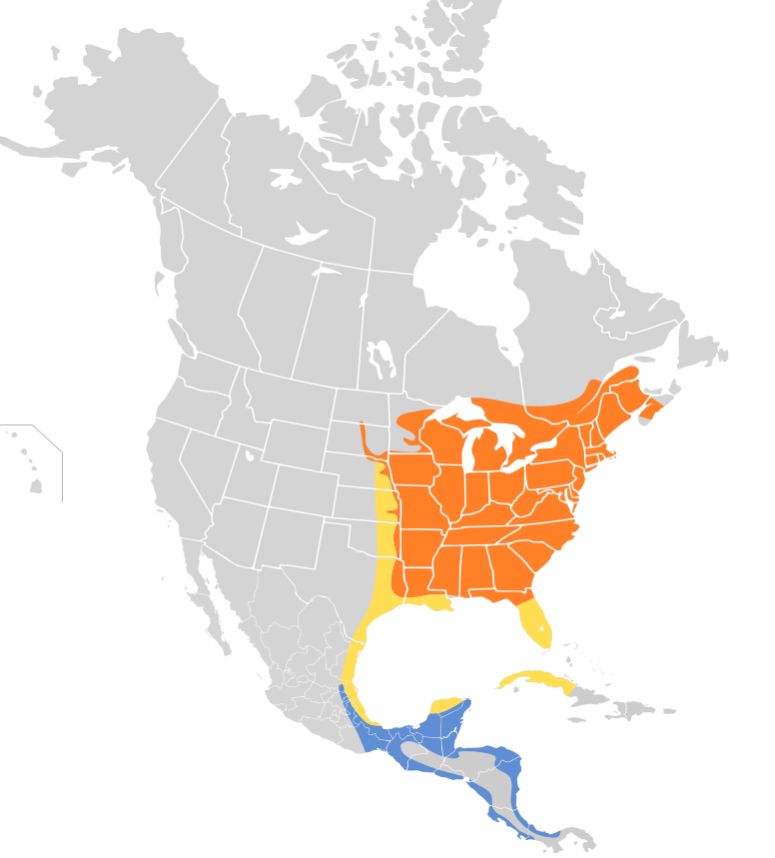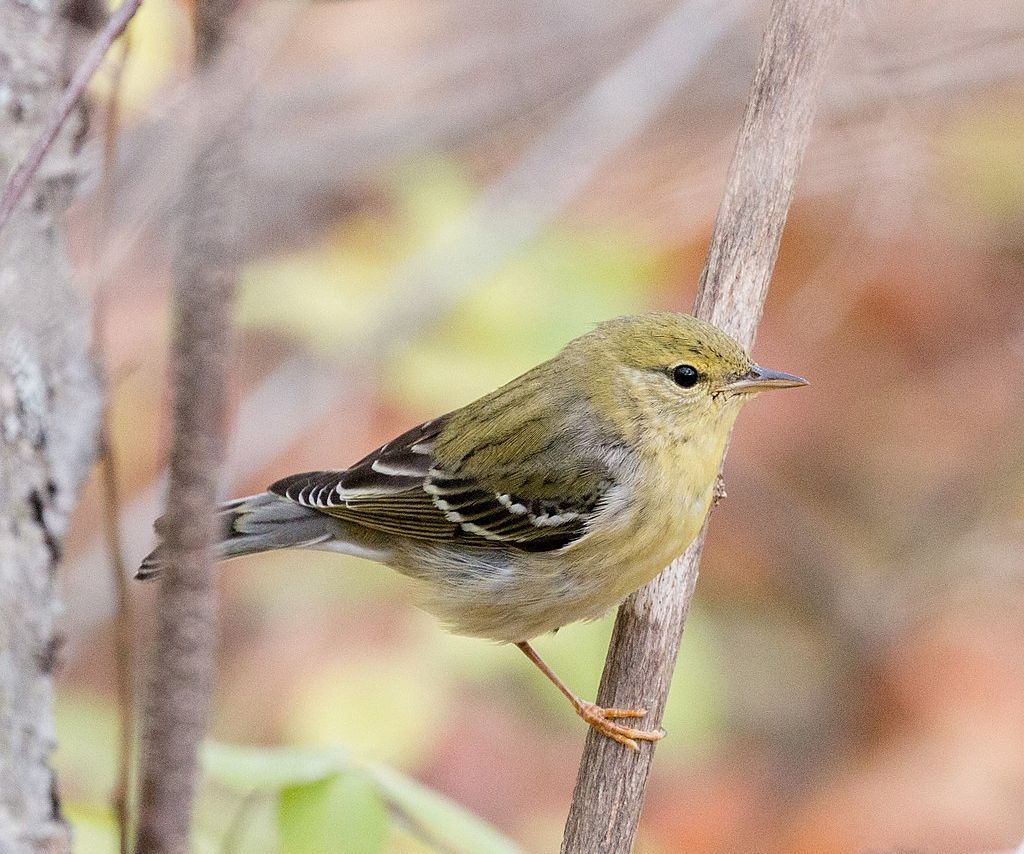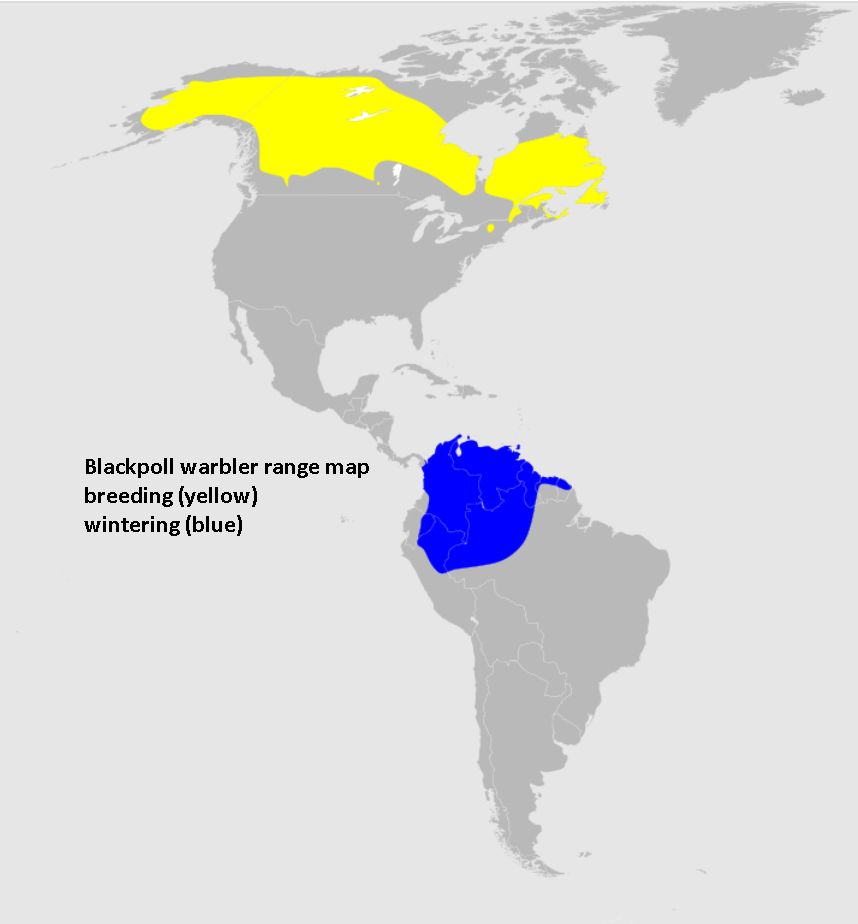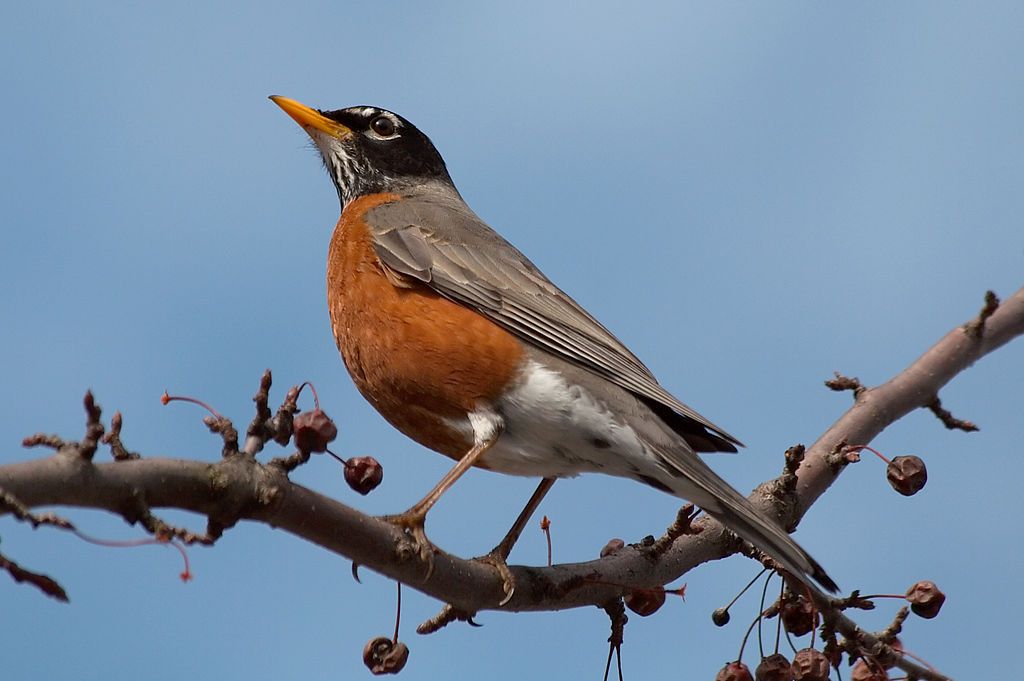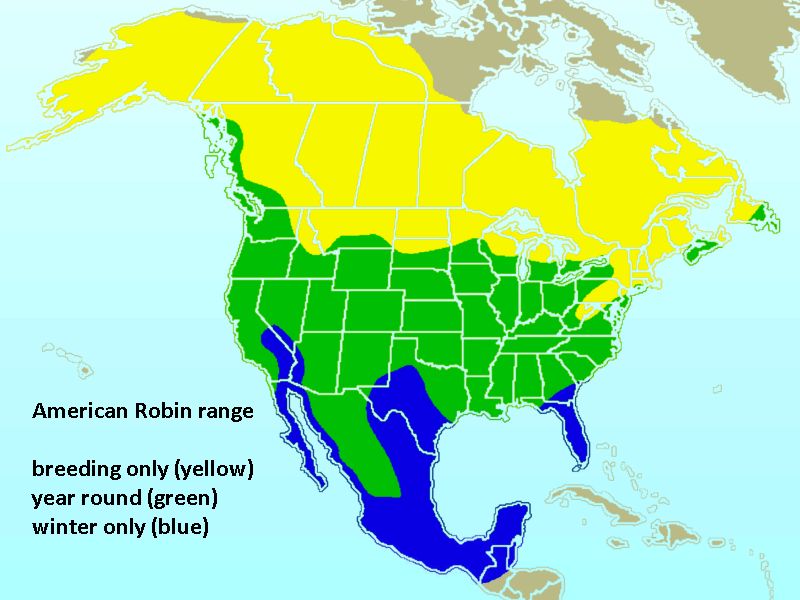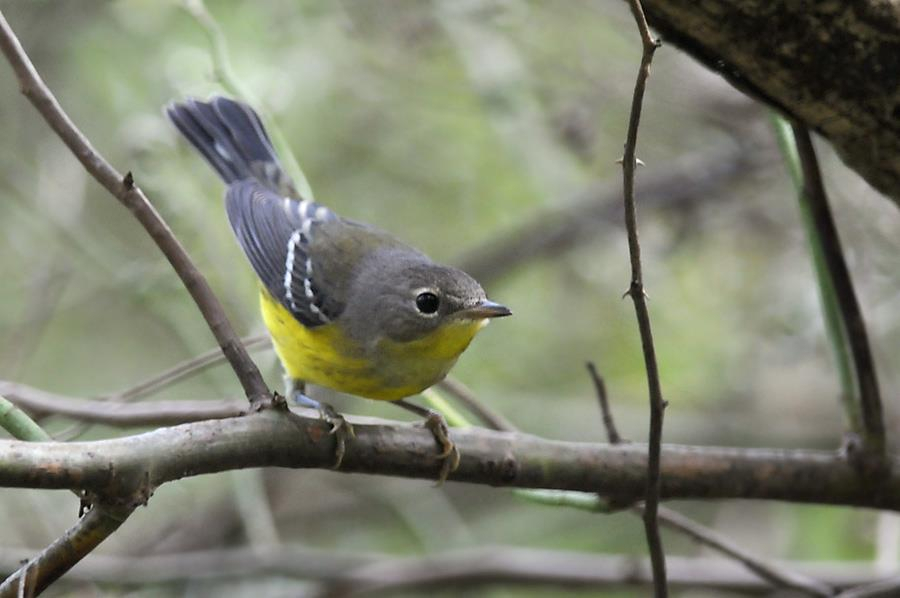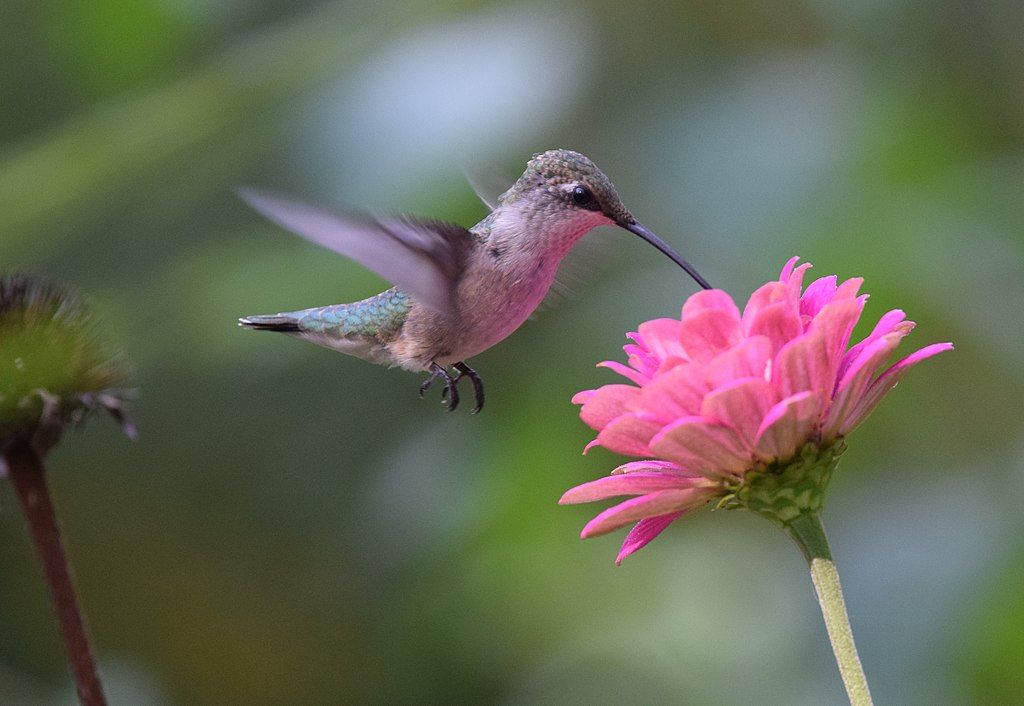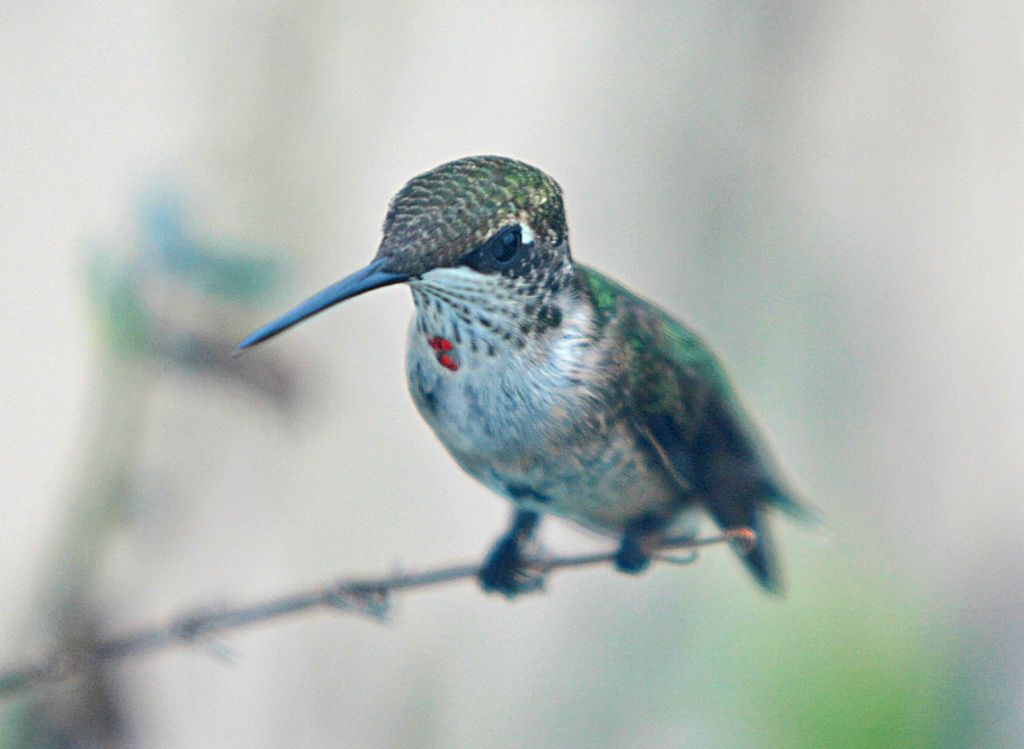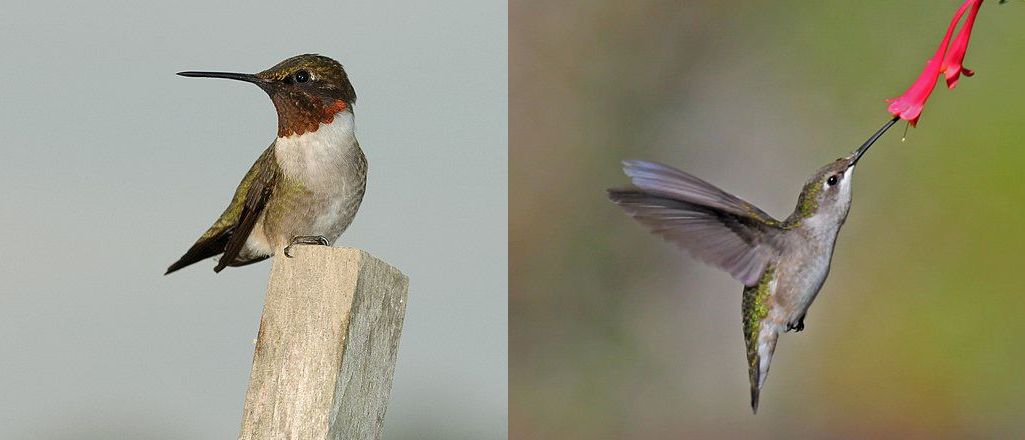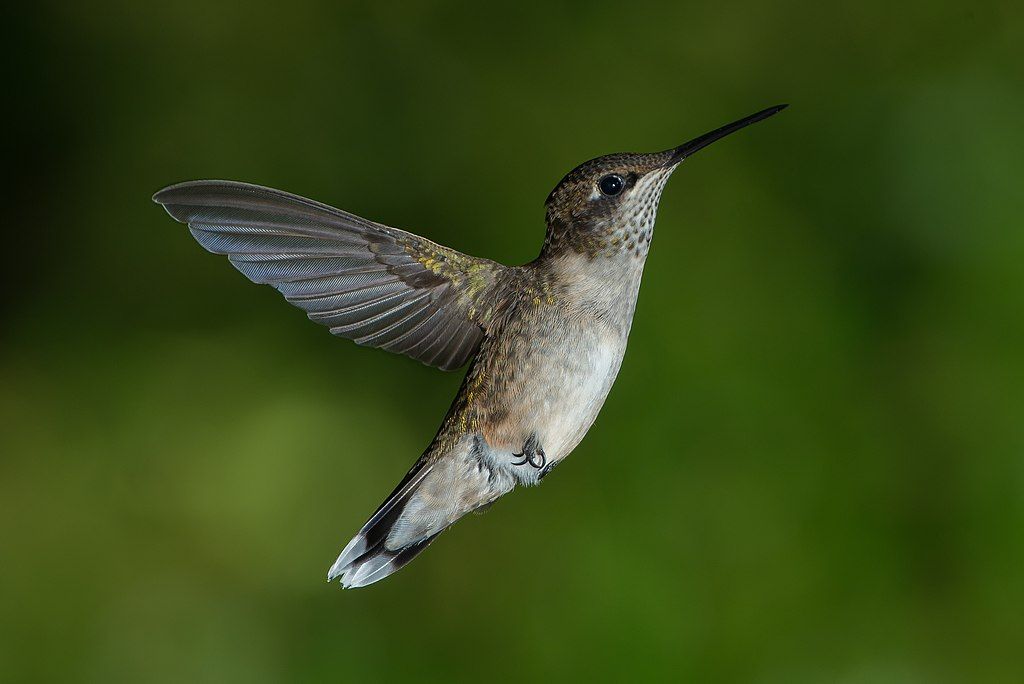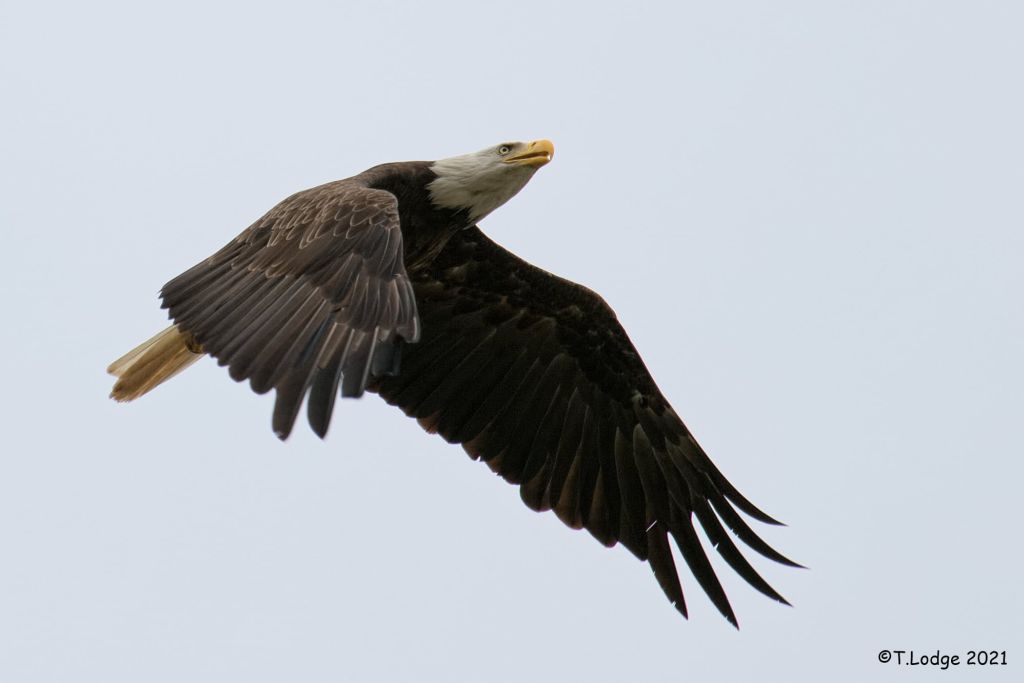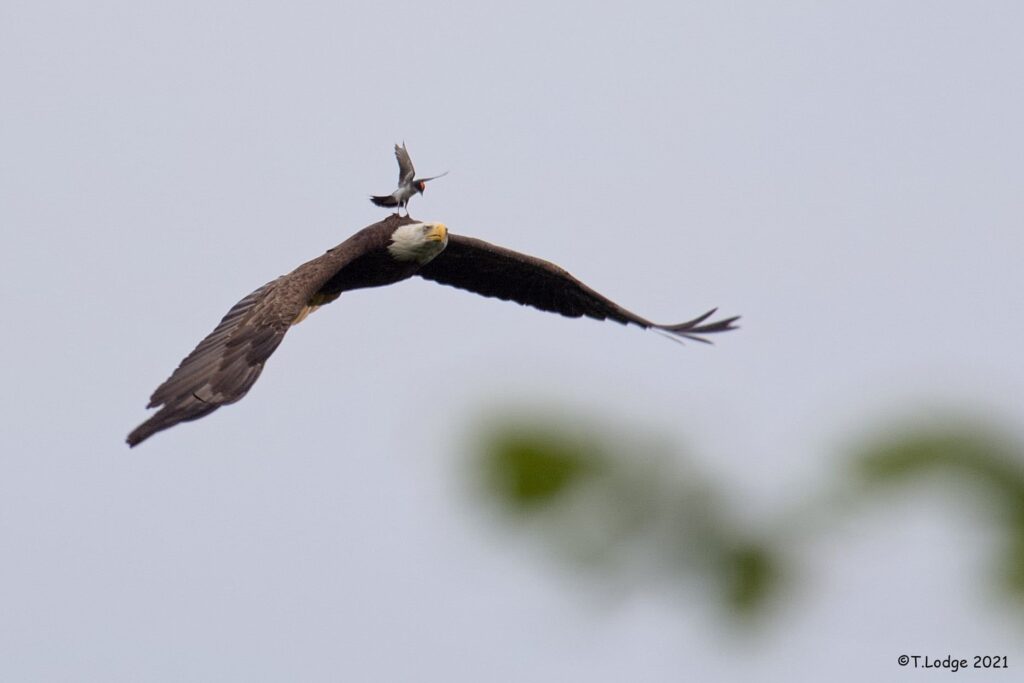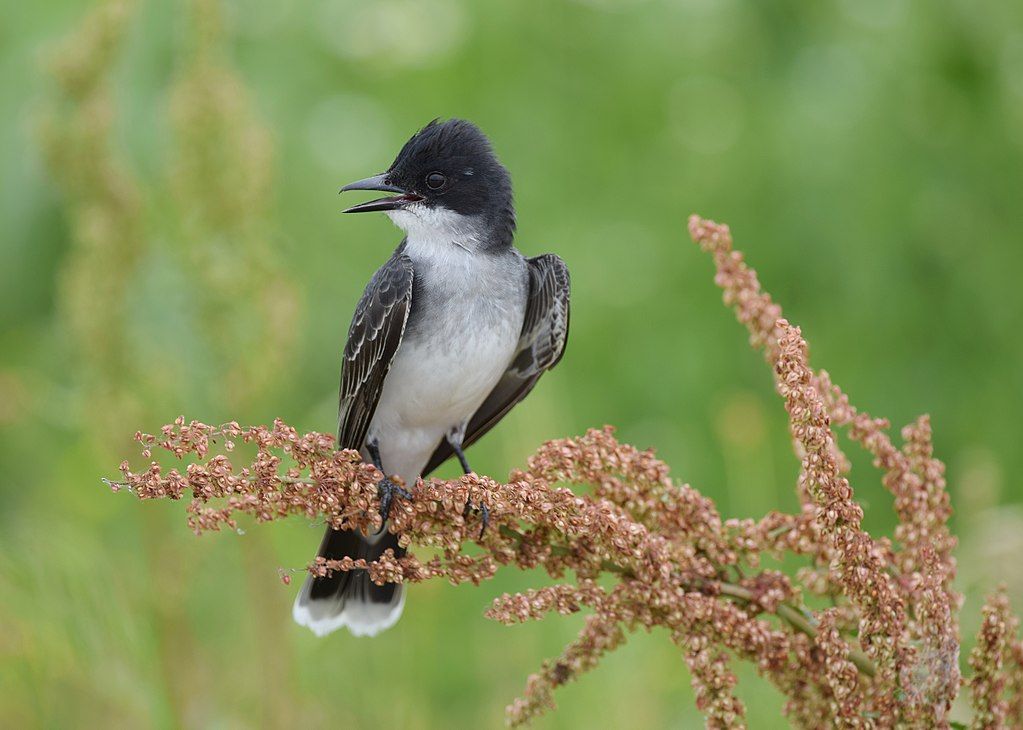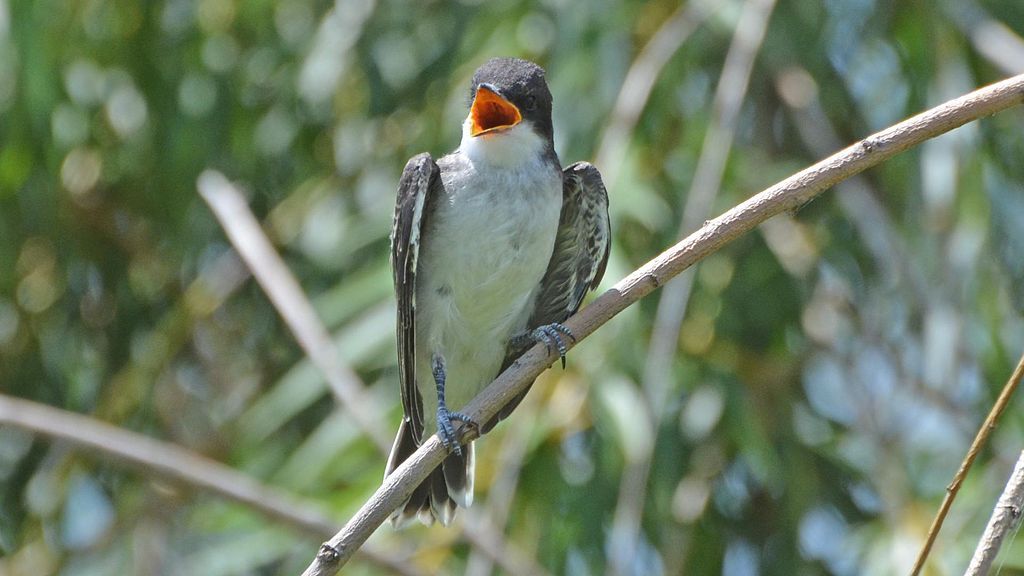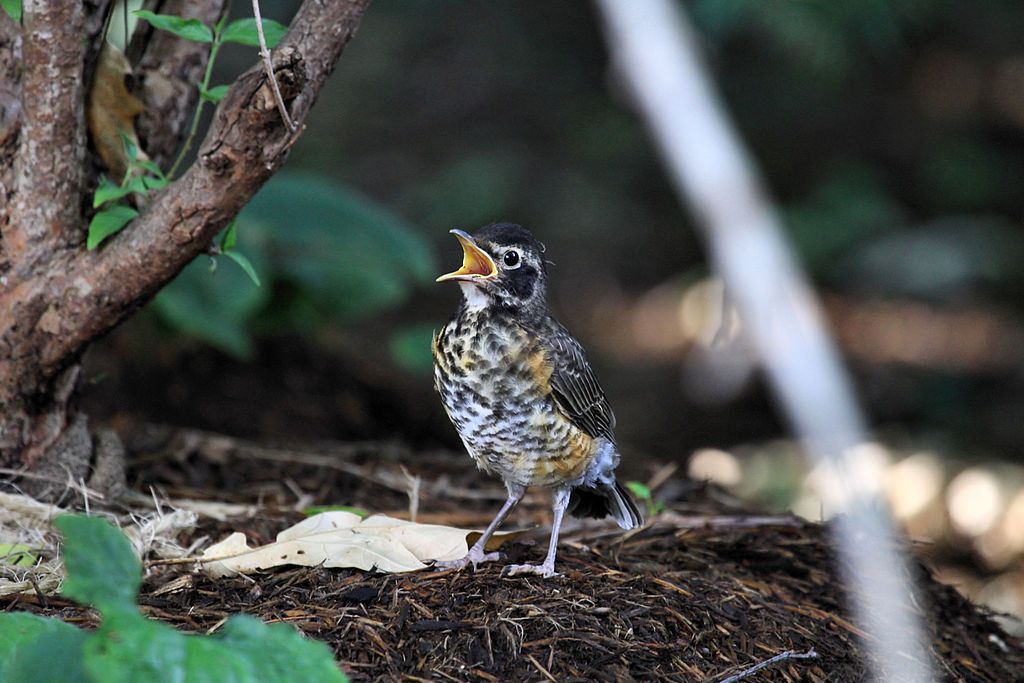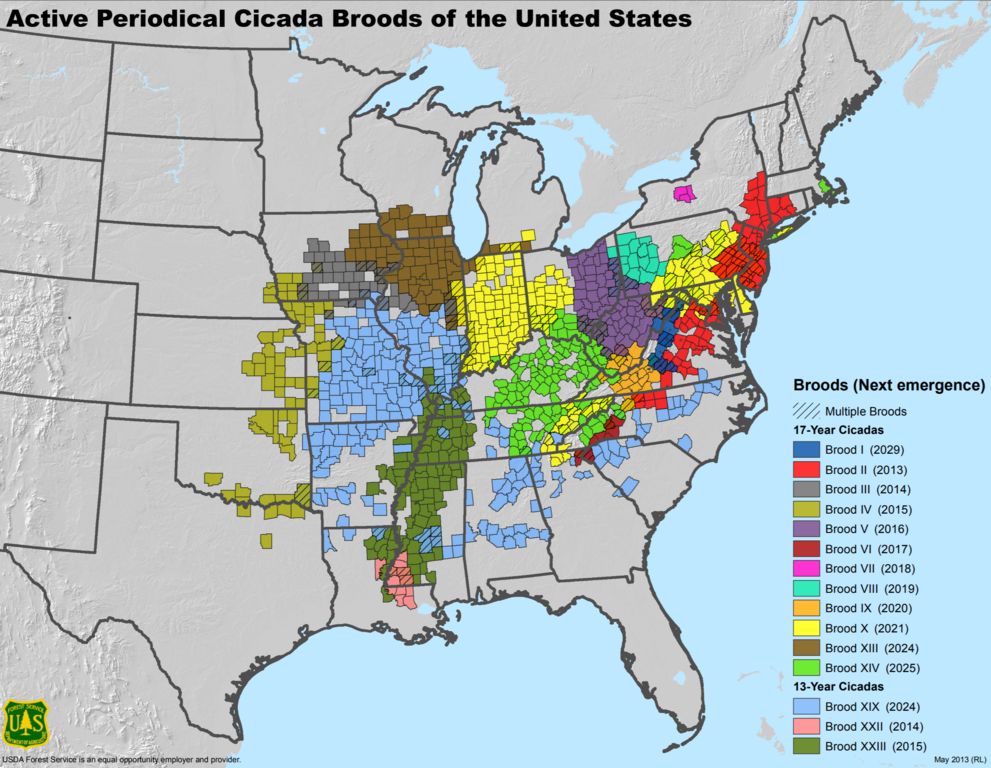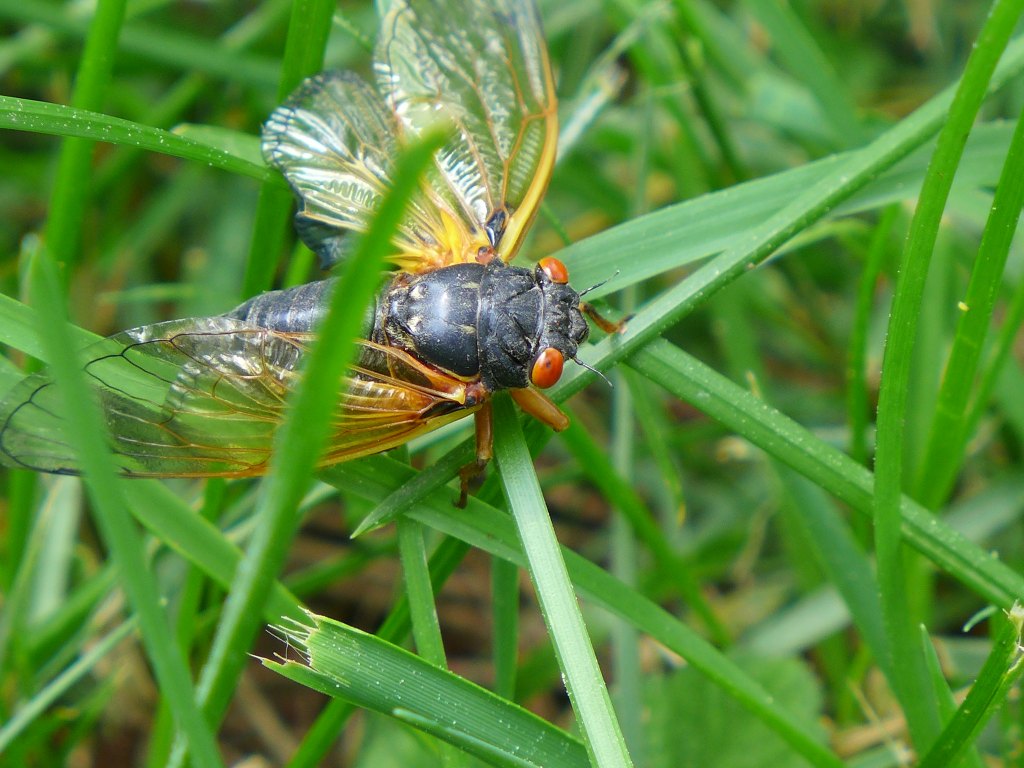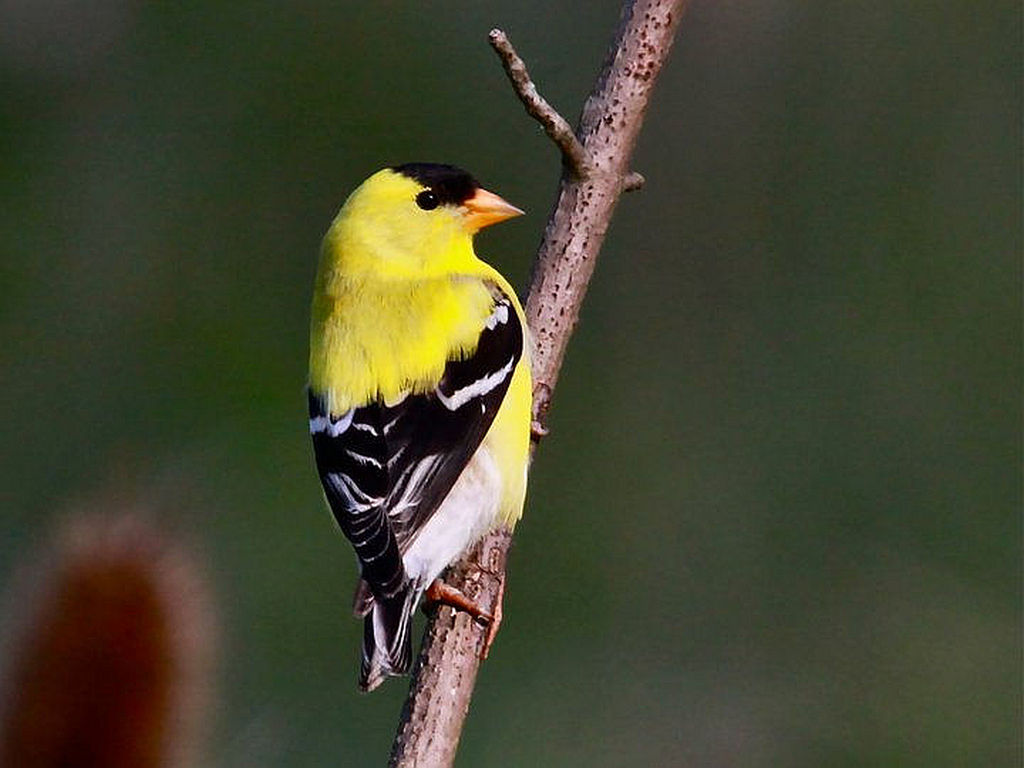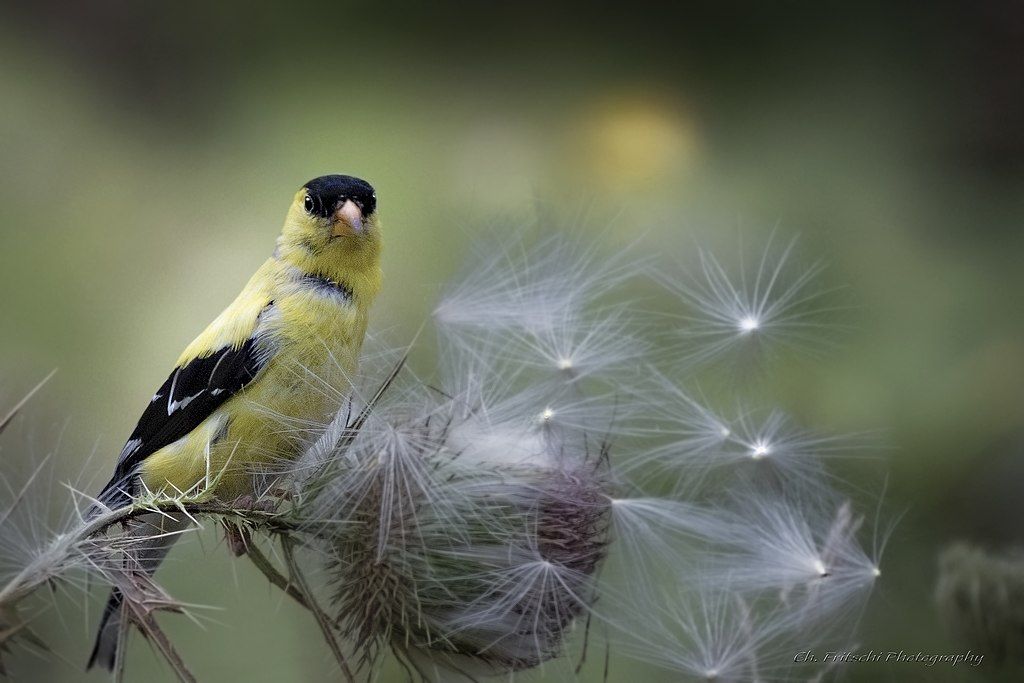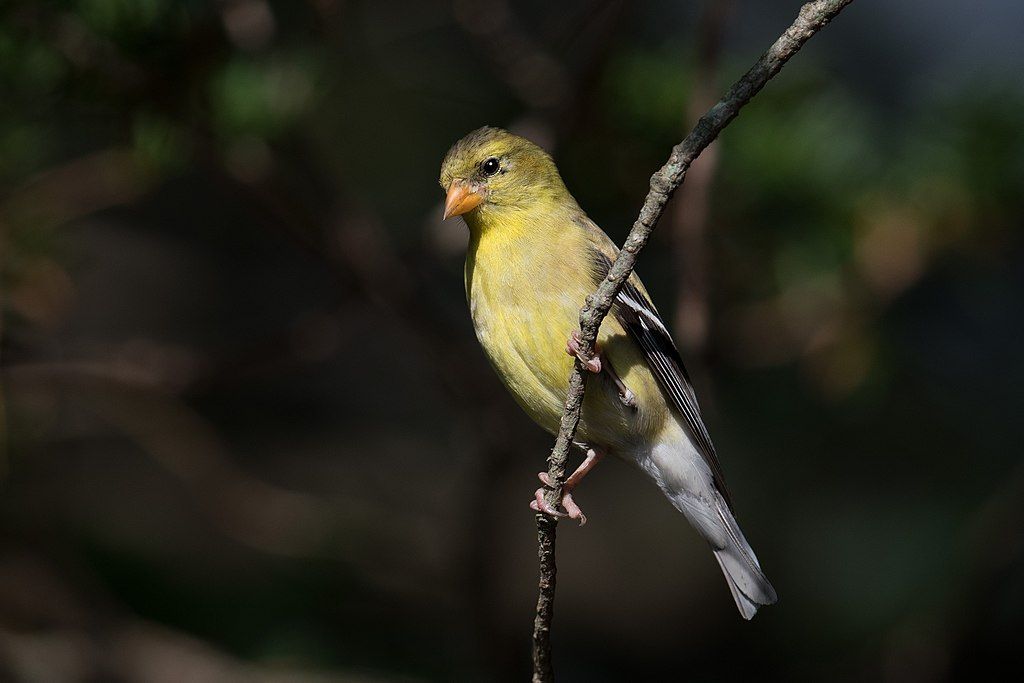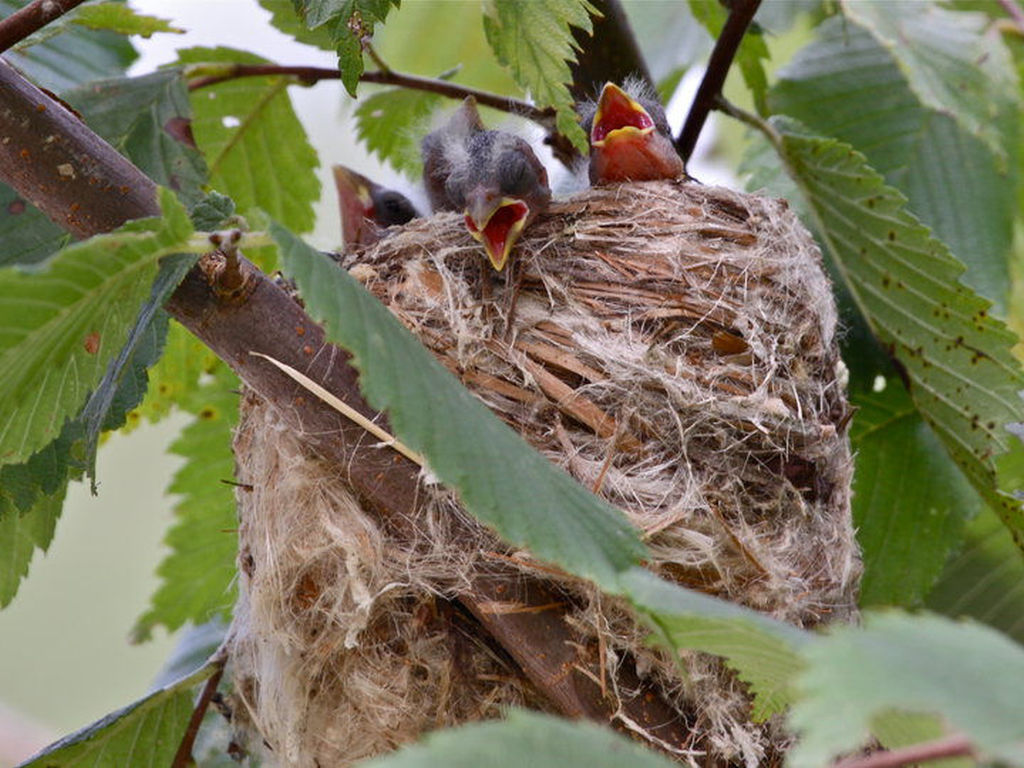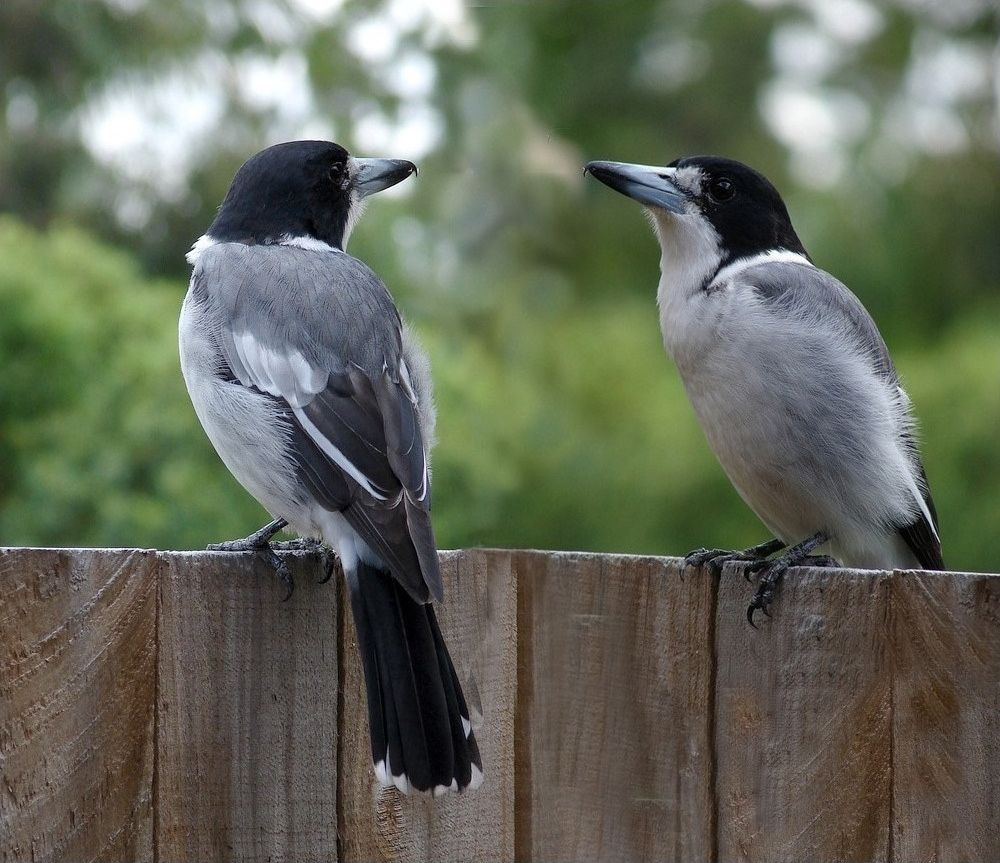
12 November 2021
While it’s fall in North America it’s spring in Australia and nesting season for birds. One bird in particular has a loud flute-like voice that it uses for claiming territory.
Grey butcherbirds (Cracticus torquatus) are carnivorous songbirds, larger than robins and smaller than grackles. Their hooked beaks, like those of northern shrikes, help them eat small birds and lizards. Yet when they sing duets or in groups it sounds as clear as a flute.
Wikipedia describes their songs:
All members of the territorial group contribute to the territorial song, a loud and rollicking song with both musical and harsh elements. The song can be sung by only one member, but more often it is sung in duet or as a group. Some duets are antiphonal where it is not obvious that two or more birds are singing. Most songs are sung antiphonally with different group members singing different phases sequentially, with sometimes some overlap. Some songs have been known to last up to 15 minutes. During this time, there is no vocal interaction with groups from other territories.
— Wikipedia account of Grey Butcherbird
The grey butcherbirds’ harsh whining reminds me of grackles. Their melodious songs are like nothing else.
(photo from Wikimedia Commons; click on the caption to see the original. video from PittwaterEcowarriors on YouTube)
